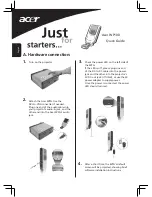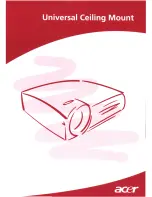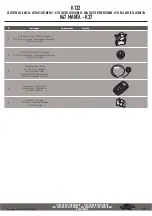
HCT User Guide
page 23
Copyright © 2001 HutchColor, LLC
User_Guide_43.docx 2/10/19
Cross-polarizing
A popular technique in artwork capture is to polarize the lights with large sheets of polarizing material
and use another polarizing filter rotated 90° to this over the lens. The main benefit is that specular
reflections from raised portions of the original, like brushstrokes or varnish cracks, are largely
eliminated. Images with no specular highlights may not be improved at all by the process, however
matte colors will tend to become more saturated.
A disadvantage of cross-polarizing is loss of light intensity - up to six
f
stops - which can limit depth
of field and productivity. If you use cross-polarizing in live work, be sure to generate the profile with
the same setup.
Lighting evenness
One of the most important requirements is even lighting across the target, or more specifically,
across the image plane inside the camera. Here are some techniques to ensure evenness.
•
With a stick (or finger) check that the shadows cast by each light in the center of the target plane
are equal, as shown in the following diagram. If one shadow is darker than another, move the
light on that side closer to the subject.
Testing lighting evenness with shadows from each light
•
To minimize lens fall-off, use only the central area of the lens circle.
•
Place the lights well back so that fall-off from one side of the target to another is negligible.
Note that the profiling capture doesn’t have to use the same lighting POSITION as the actual image,
so long as the same TYPE of light, reflector, diffuser, filters, etc are used. If light position or angles
are changed between profiling and live capture, just make sure the camera EXPOSURE and
BALANCE are adjusted to compensate.
Содержание HCT
Страница 1: ...USER GUIDE Version 43 February 2019 ...
















































